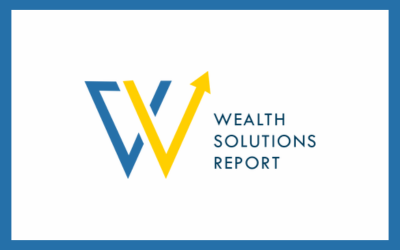EXECUTIVE SUMMARY
Over the past few decades, advicers have used Monte Carlo analysis tools to
communicate to clients if their assets and planned level of spending were
sufficient for them to realize their goals while (critically) not running out of
money in retirement. More recently, however, the Monte Carlo “probability of
success/failure” framing has attracted some criticism, as it can potentially
alter the way that a client perceives risk, leading them to make less-than-
ideal decisions. In reality, retirees rarely experience true failure, and instead
find that they may need to adjust their spending (in both directions!) in order
to meet all of their goals. And while some have suggested pivoting to a more
accurate “probability of adjustment” framing, there is a simpler way to talk
about “retirement income risk” that relies on the concepts of overspending
and underspending, which can help both advicer and client better
understand the trade-offs inherent in the ongoing decisions around spending
in retirement.
Determining whether clients are overspending or underspending during their
working years is relatively straightforward and is simply a matter of
observing if they are spending more or spending less than they make.
However, once the client retires, the “how much they make” part of the
equation becomes much less clear. But by accounting for all of a client’s
income sources and balancing them against their various spending goals
with a set of future assumptions around such factors as life expectancy and
market performance, the advicer can arrive at a “best guess” answer to the
question of how much the client should be spending. From a mathematical
standpoint, that best guess is the level at which a client is equally likely to
overspend as they are to underspend. Yet, in the Monte Carlo success/failure
framework, that balance point exactly represents a 50% probability of
success, which seems intuitively ‘wrong’ given that the analysis targeted the
precise spending level that would preclude both overspending and
underspending!
The Monte Carlo success/failure framing, in essence, focuses only on
minimizing the risk of overspending, hiding a bias towards underspending by
calling it a “success”. Or, put another way, a 100% probability of success is
exactly a 100% probability of underspending. Which means that solving for
higher probabilities of success generally necessitates underspending to the
point where clients, while comfortable knowing that they almost certainly
won’t run out of money, may have to significantly revise their desired
expectations for their standard of living. By contrast, the
overspending/underspending framework allows advicers to mitigate the
Monte Carlo bias toward underspending while using concepts that clients are
already familiar with. For instance, an advicer might communicate that their
job is to help the client find a spending level that balances their goals of
living the life they want while not depleting their resources.
Helping a client determine a balanced spending level in retirement is only
the beginning of the journey. As time goes on, odds are that various factors
(including circumstances, expectations, market returns, and inflation, to
name just a few) will require spending levels to be adjusted. And by relying
on the overspending/underspending framework, advicers can communicate
how clients will be able to make those adjustments over time and, in the
process, minimize the biases that incentivize lower spending that ultimately
prevent them from living their lives to the fullest!
See full article on Kitces.com here: https://www.kitces.com/blog/retirement-
income-risk-monte-carlo-probability-sucess-over-under-spend/
Get started for $20/month for 3 months*.
*After 3 months, standard pricing automatically applies


